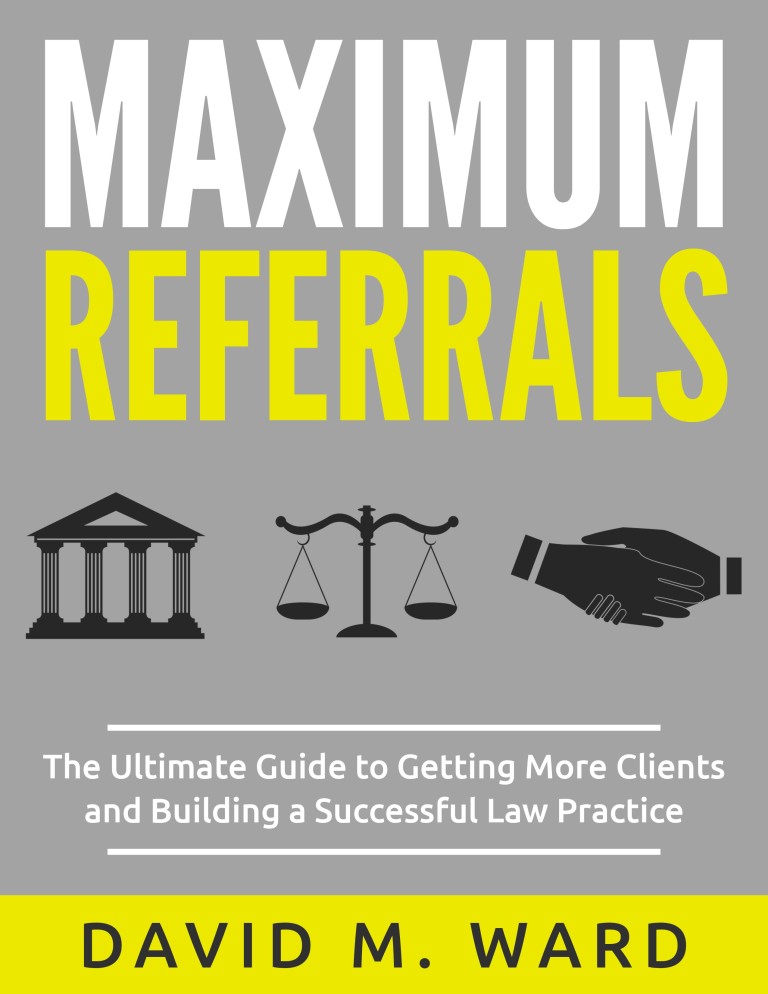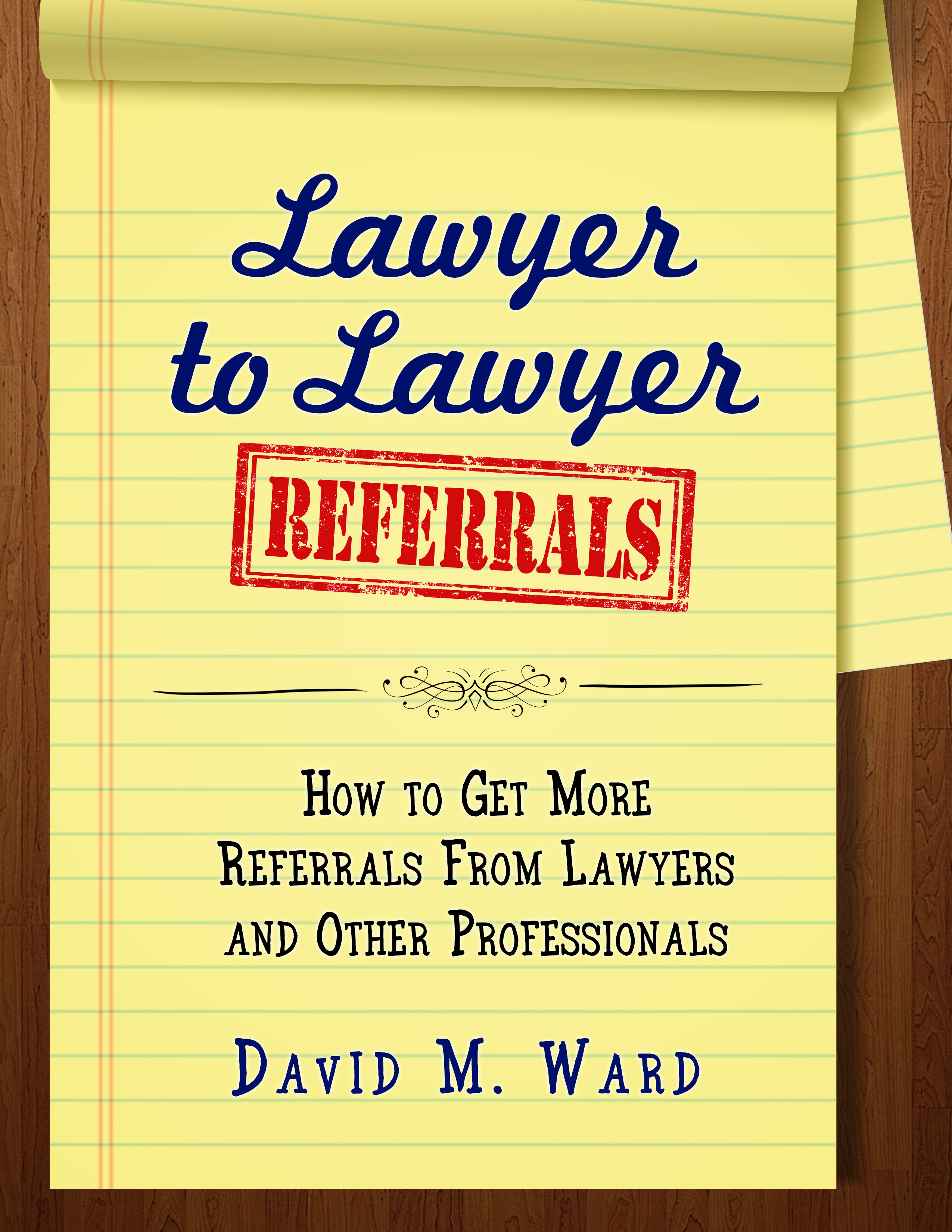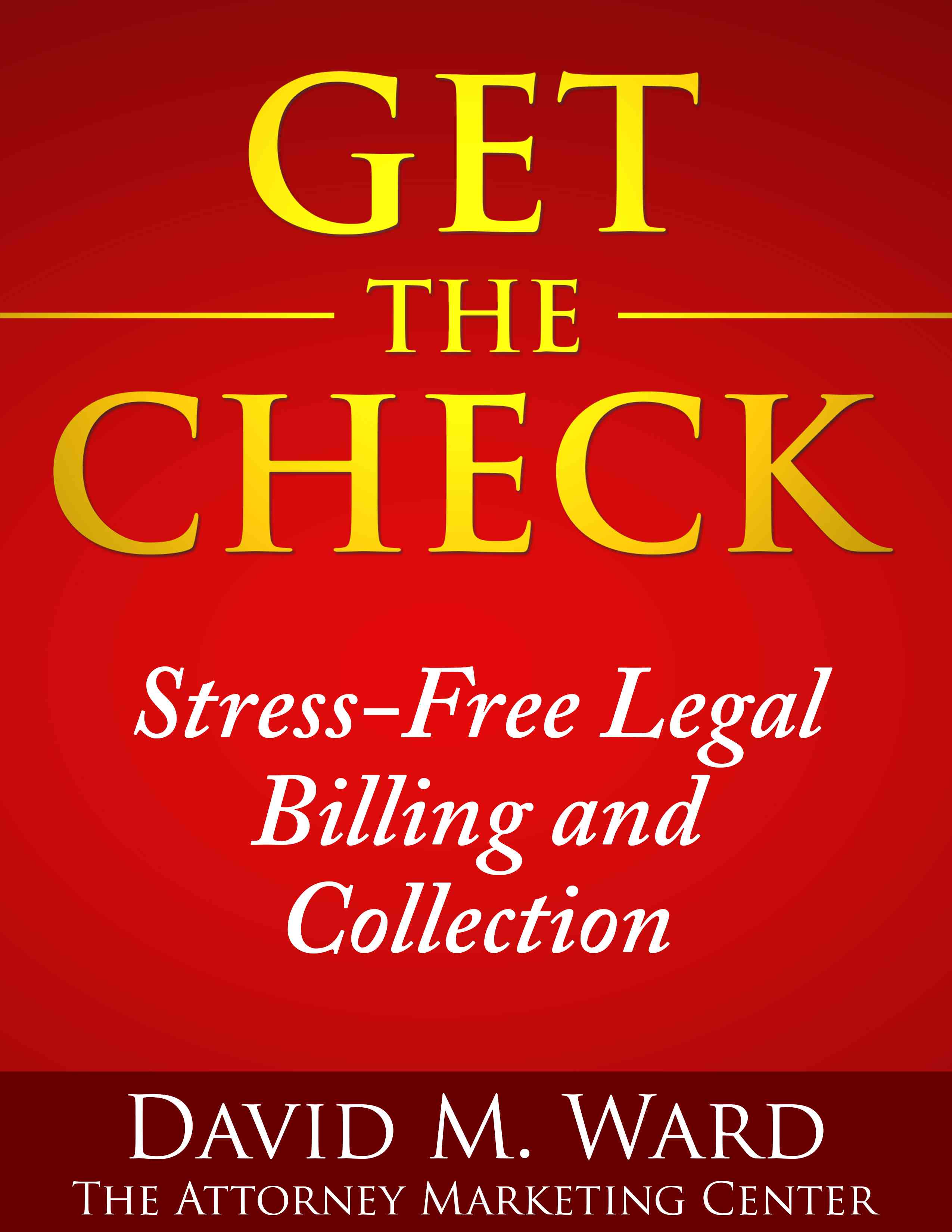I just read an article that says you can write faster if you do a complete outline before you begin. I say that’s not always true, at least for me.
The author says a simple outline might be a series of questions–who, what, where, why, and when. A complete outline will answer those questions. With the questions and answers in hand, logically organized, you will have enough material to write faster than you would with just a simple outline.
Basically, she recommends thinking through what you want to say before you say it.
That’s often good advice. But sometimes, it’s not.
This blog post is a good example. I started with the idea that I wanted to say something about outlining, but I didn’t know what I wanted to say. It wasn’t until I started writing that I could see what I thought.
When you don’t know what you want to say, rather than forcing yourself to think it through, (a very left-brained process), just start writing. Let the right side of your brain, your creative mind, tell you what you think. It’s called freewriting. Just start typing or moving your hand across the page and see what comes out.
That’s how I wrote this post.
If you do know what you want to say, sometimes a short outline is all you need. That’s what I use for most of my blog posts. I jot down four or five points I want to cover and get started. It wouldn’t be worth it to take the time to create a detailed outline, nor do I believe it would make for better writing.
What takes the most time is crafting the opening and ending. You’ve got to get the reader’s attention and leave them with a memorable twist or marching orders. You can’t outline these. I often re-write openings and endings several times in order to get them right.
For longer writing, a detailed outline makes sense, and sometimes I use them. But sometimes, longer writing is nothing more than a collection of shorter writing and a detailed outline isn’t needed.
I just completed a new course and I did create an outline. Some parts were very detailed. Others were very brief. What I found is that the writing I wound up with is very different from the writing I imagined (and outlined) when I started.
Writing is like that sometimes. A creative journey. No maps, no GPS. You just fill up the tank, and go.








How to get targeted traffic to your web site by commenting on others’ blogs
As a group, attorneys don’t seem to post a lot of comments on blogs. It’s not that we don’t have anything to say. We’re friggin blabbermouths when we’re getting paid for it.
Guess what? If you do it right, you CAN get paid for posting comments. You’re paid in the form of traffic back to your web site from people who read your comments and think you have something intelligent to say.
If your web site is doing it’s job, those people see something they like on your site, opt into your list, and let you court them. Eventually, they hire you.
The key to getting targeted traffic is to choose the right blogs to add comments. You might have an opinion about the legality of claiming a fake girlfriend, but unless you market to a sports niche, your comment on ESPN.com isn’t going to do you much good.
To get started, here’s all you have to do:
Post a comment a few times a day or a few times a week and you should see traffic coming to your site from these blogs. And because it is targeted traffic, it doesn’t have to be a swarm to be profitable.
Marketing is easy. Clients are waiting. Start here.